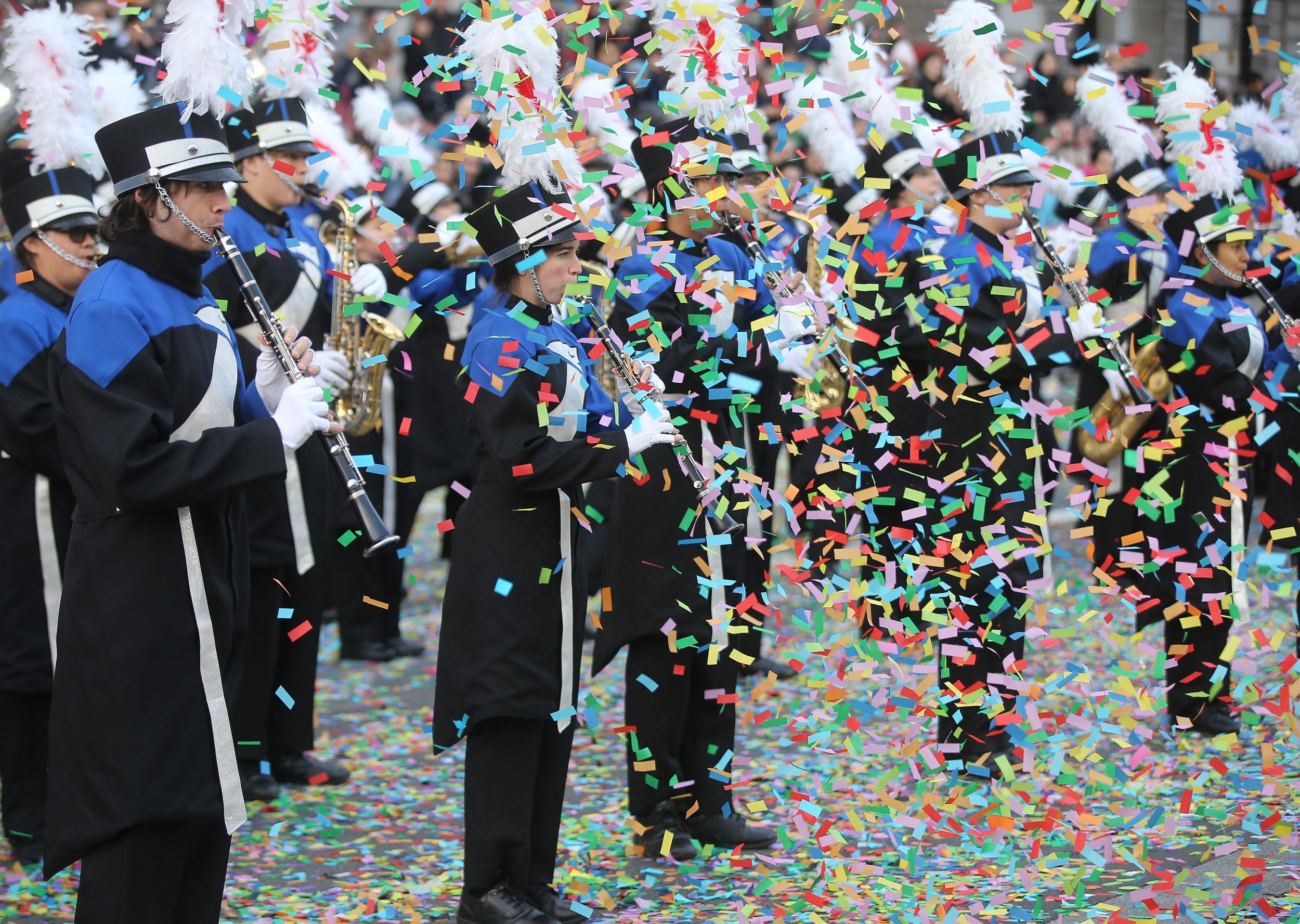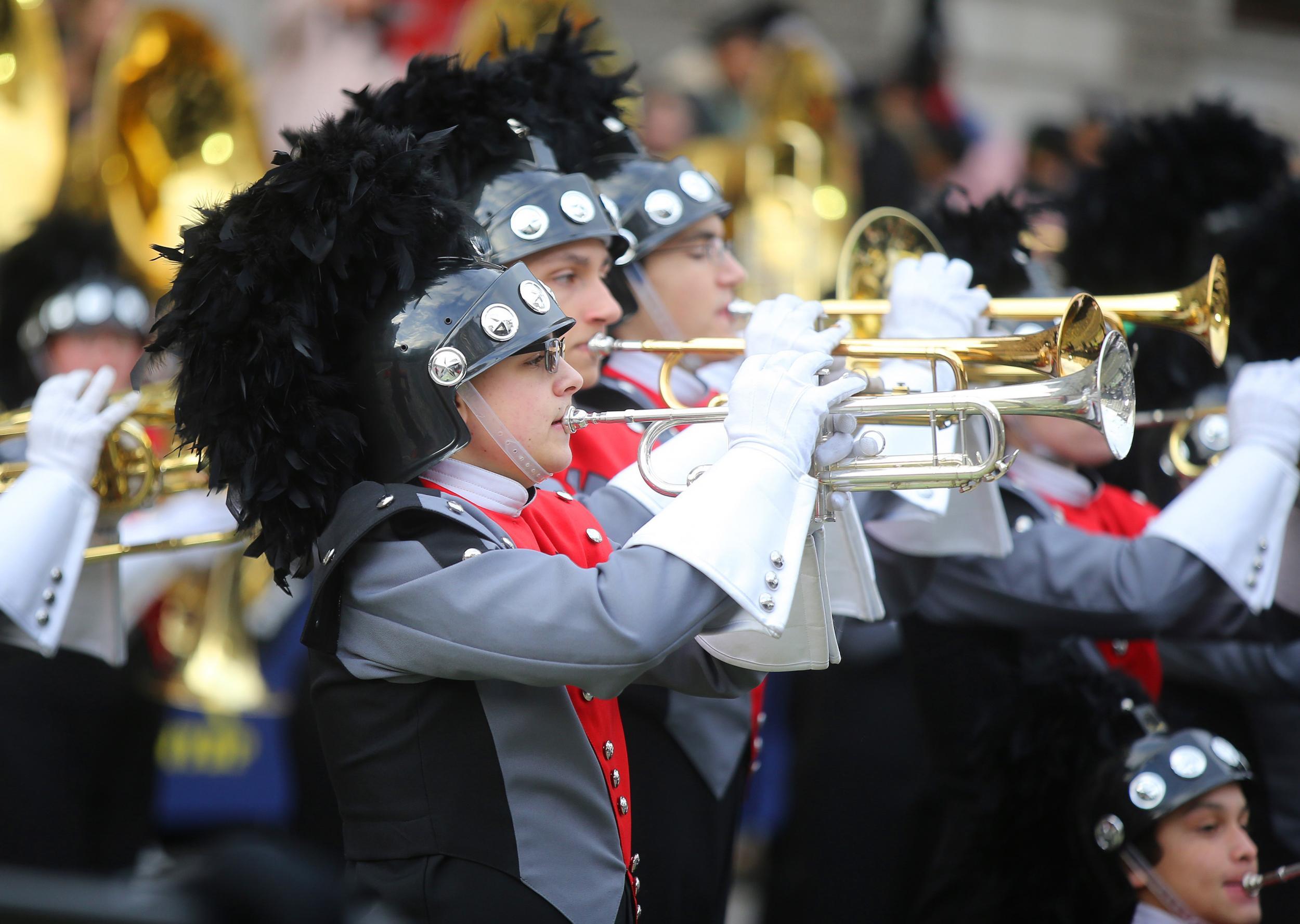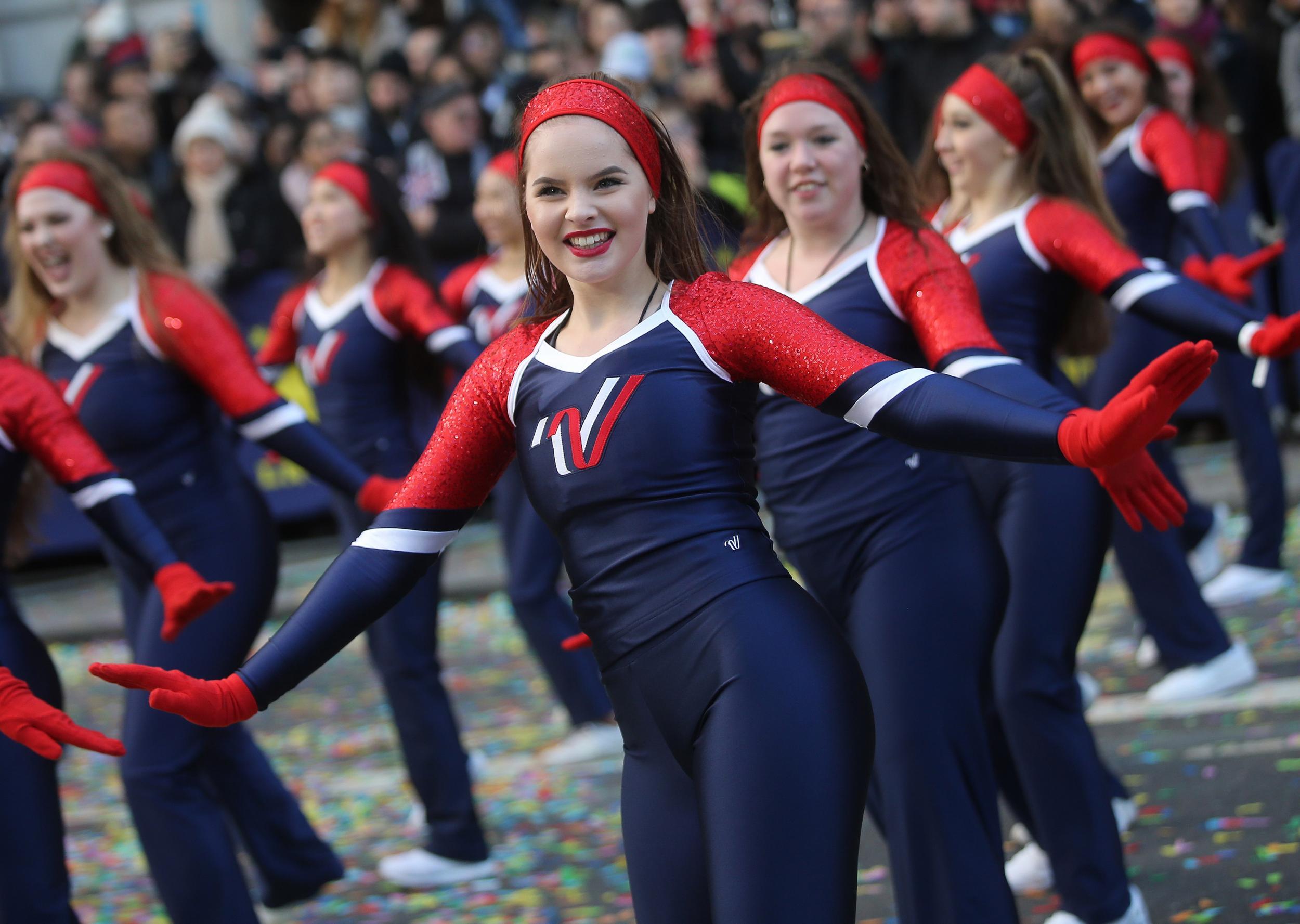London New Year’s Day Parade: Everything you need to know
The event has taken place each year since 1987

Your support helps us to tell the story
From reproductive rights to climate change to Big Tech, The Independent is on the ground when the story is developing. Whether it's investigating the financials of Elon Musk's pro-Trump PAC or producing our latest documentary, 'The A Word', which shines a light on the American women fighting for reproductive rights, we know how important it is to parse out the facts from the messaging.
At such a critical moment in US history, we need reporters on the ground. Your donation allows us to keep sending journalists to speak to both sides of the story.
The Independent is trusted by Americans across the entire political spectrum. And unlike many other quality news outlets, we choose not to lock Americans out of our reporting and analysis with paywalls. We believe quality journalism should be available to everyone, paid for by those who can afford it.
Your support makes all the difference.The London New Year’s Day Parade (LNYDP) is an annual tradition that sees thousands of performers march through the streets of the city, offering up an eclectic mix of musical and visual entertainment.
Each year it attracts hundreds of thousands of spectators, while millions watch the proceedings on television.
Read on for everything you need to know about LNYDP, from what time it starts to who’s performing at 2019’s event.
What is the London New Year’s Day Parade?
LNYDP is one of the biggest New Year’s Day street parades around the world.
The inaugural parade took place in 1987 and involved 2,000 performers. It was initially called the Lord Mayor of Westminster’s Big Parade.

The parade was renamed in 1994 and now attracts more than 10,000 participants from across the globe and roughly 500,000 spectators annually.
In 2018, it reached a TV audience of 300m.
London Mayor Sadiq Khan is one of the event’s key supporters.
“There really is no better place to welcome in the New Year than London,” he says on LNYDP’s website.
“From the World’s greatest fireworks show on New Year’s Eve, to the fun-filled London’s New Year’s Day Parade and Festival, our capital will be celebrating our unity and diversity as we again show the World that London is open to all.”
It’s held in partnership with BBC Radio London, London Live and Telenet Global Logistics.
What time does it start and where does it take place?
The parade starts at 12 noon on Piccadilly.
The route is two miles (3.2km) long and takes participants through some of the city’s most famous sites, such as Piccadilly Circus, Pall Mall, Cockspur Street, Trafalgar Square, Whitehall and Parliament Street.
It’s designed with viewers watching at home in mind, the idea being that it offers people in other countries who may not have visited the capital a chance to see its landmarks.
Why is it held?
The parade is primarily held to celebrate the start of a new year but it also raises funds for a wide-range of London-based charities, which vary each year depending on which ones have been selected by participating London boroughs.
Since its advent, LNYDP has donated more than £1.5m to nonprofit organisations.
Who performs?
The parade features a diverse mix of performers across the entertainment spectrum.

Samba dancers, brass bands and Dhol drummers will walk the streets alongside cheerleaders, Rolls Royce enthusiasts and stuntmen.
Each year, a major part of the lineup is the vast number of marching bands, many of whom come from high schools in America to participate.
2019’s event will feature bands who have travelled from California, Delaware, Kansas, Illinois and Texas.
People can sign up to take part on its website – though applications for next year’s parade have now closed.
How can you watch it?
London viewers can watch the parade live on TV from 12 noon on London Live.
People in the US can tune in on RFD-TV from 7am Eastern Standard Time.
It can also be watched online across the globe as it will also be streamed live on the LNYDP website here.
Join our commenting forum
Join thought-provoking conversations, follow other Independent readers and see their replies
Comments